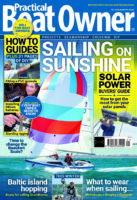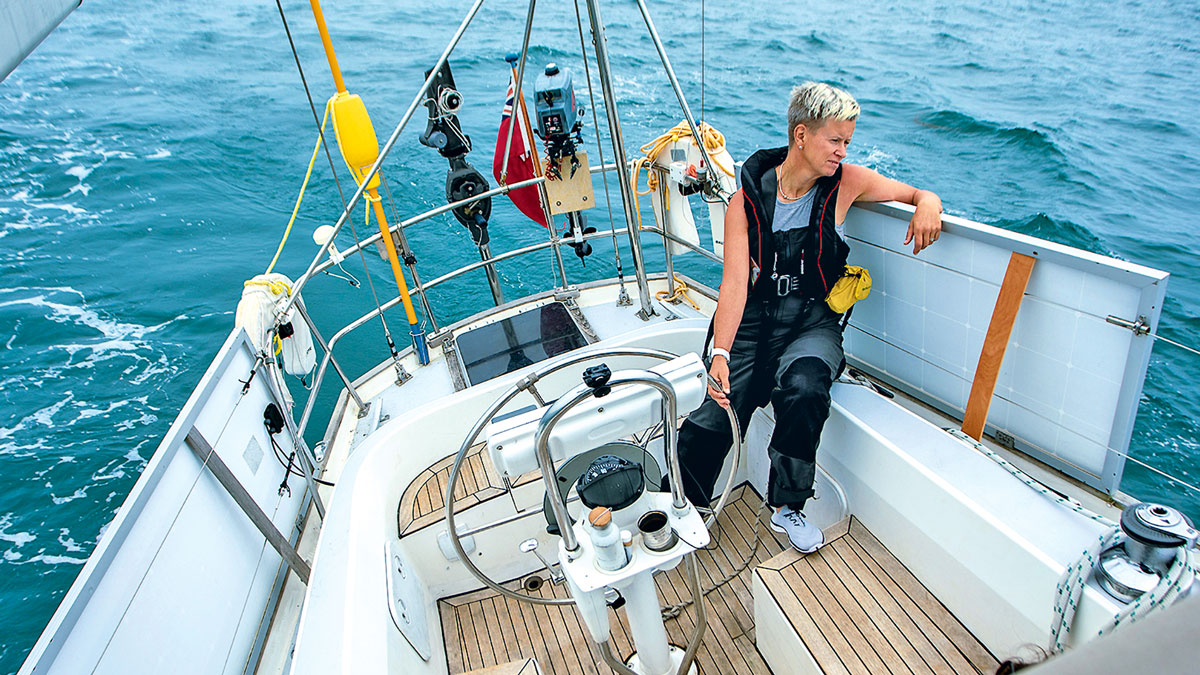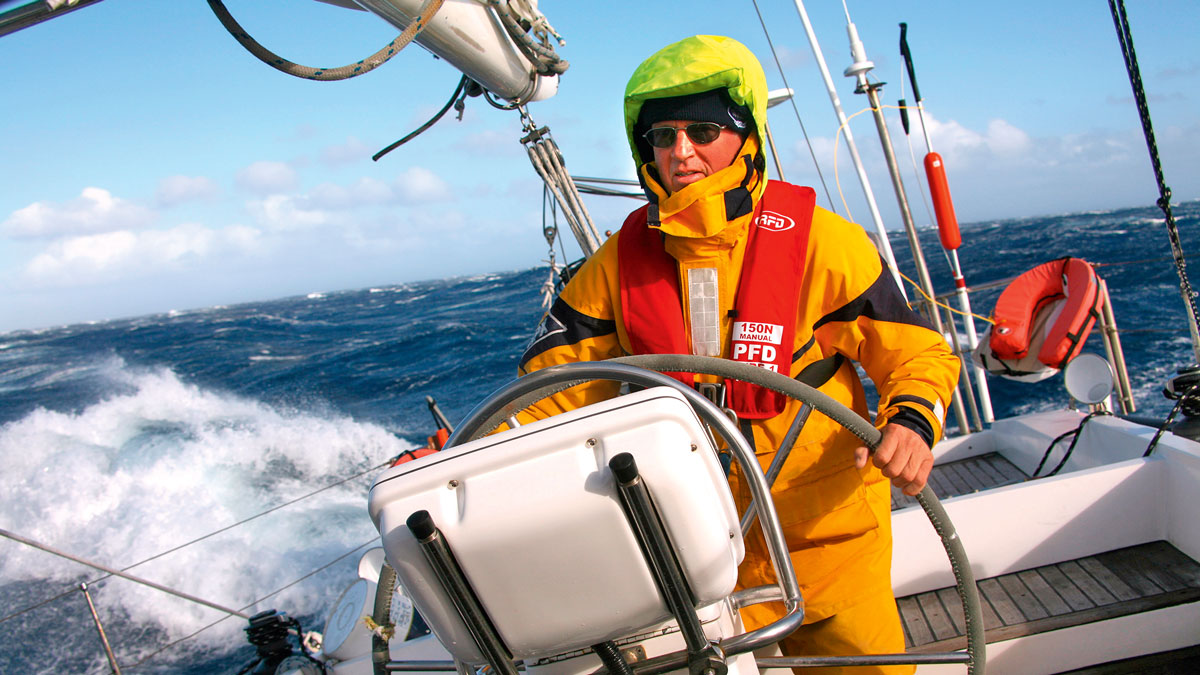What should you look out for before sailing an unfamiliar yacht? Nathan Zhart explains to Erin Carey the essential checks before putting to sea
Have you ever thought of becoming a delivery skipper or crew? It’s a great way to earn extra funds and gain offshore sailing experience.
It’s also the perfect way to accrue nautical miles if you’re aiming for professional qualifications.
However, sailing onboard an unfamiliar boat can be challenging; not knowing how to deploy the anchor in an emergency or the locations of through-hull fittings when taking on water, could end in disaster.
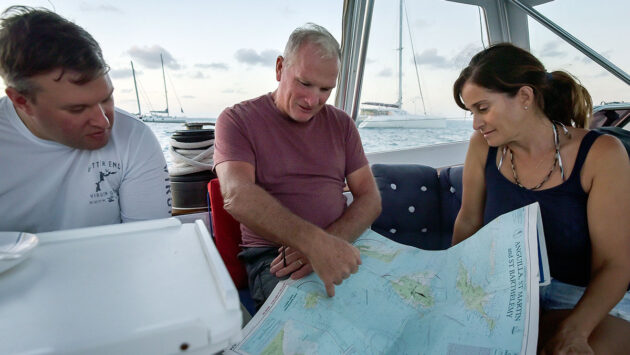
Crewing can be a great way to accrue offshore sailing miles and learn new skills
Nathan Zhart runs Ocean Passages, a US-based offshore sailing and expedition company. As a delivery skipper, he’s accustomed to stepping aboard unfamiliar boats and quickly familiarising himself with the systems.
“It’s very much like going to look at a boat you might want to buy,” he says. “You step aboard, walk around the deck, and take a good look at the rigging. I shake the shrouds, inspect the chainplates on the outside, feel the running rigging, and look at how it’s led.”
Whether Nathan’s single-handing or taking crew, he believes it’s important to know if all lines lead to the cockpit or if work will need to be carried out at the mast.
He’ll then do a quick inspection of the winches and turn the helm lock-to-lock to check it turns smoothly without resistance.
Down below
Nathan familiarises himself with the autopilot and instruments before going below decks to open every bilge compartment and locate the pumps and through-hull fittings.
He runs water and pumps heads to detect any leaks and checks for standing water or oil.
A well-rested crew is essential, so every crewmember needs a dry bunk that’s comfortable and safe.
There should be a lee cloth if the berth isn’t secure on both sides. Lockers are opened, tanks and safety gear located, and electrical equipment inspected.

When sailing offshore aboard an unfamiliar yacht for the first time, there are plenty of checks you can do to ensure a safe passage
Finally, Nathan checks the electrical and mechanical systems.
For longer voyages, in particular, it’s essential to have sufficient water and fuel tankage, and ensure the heads and engine both function, with spare parts on hand.
“I also make sure I have all the supplies I’ll need while underway, including spare parts,” says Nathan. “Items such as gaskets, seals, hose clamps, filters, impellers, oil and other small parts in case of a system failure, so you can repair and continue on course to your destination.”
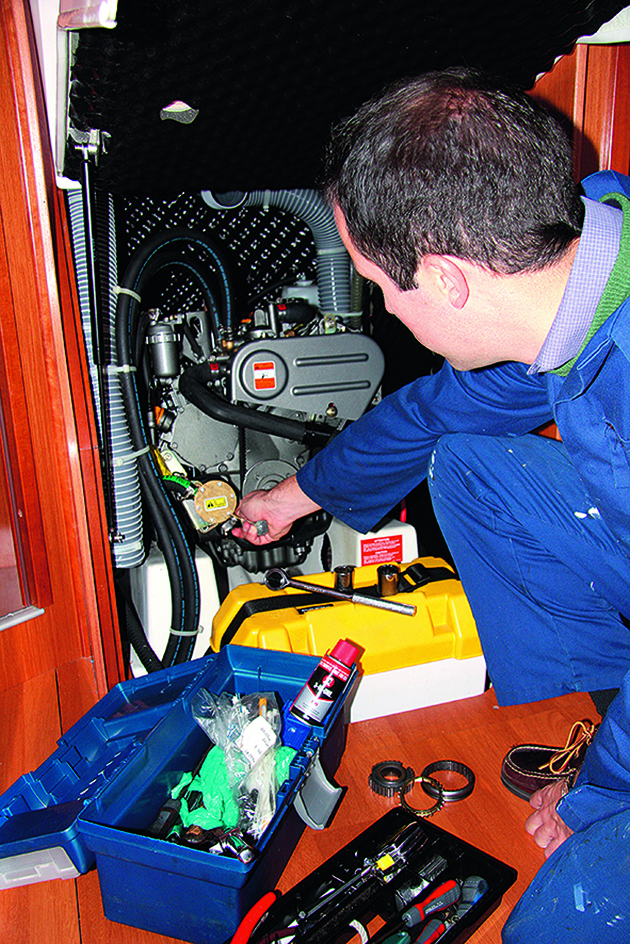
When was the engine last serviced?
While not every boat Nathan delivers is in shipshape condition, there are a few red flags that would stop him from doing the delivery altogether.
For example, if there are significant structural issues such as soft decks or collision damage to the hull, as well as old, rusty, damaged rigging: “If I can’t trust that the mast will stay up, I would be extremely hesitant to take a boat off the dock.”
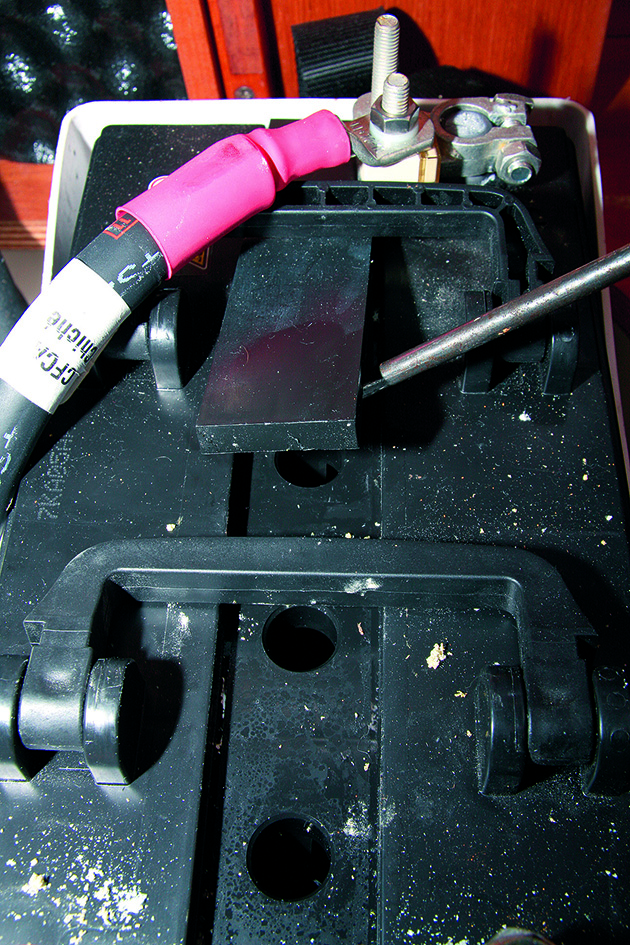
Top up depleted battery cells with de-ionised water
Nathan assesses the safety issues carefully before accepting any delivery.
While hesitant to deliver a boat that was filled with mould or had sunk recently, he would do extra checks, preparations and precautions before ultimately making a decision.
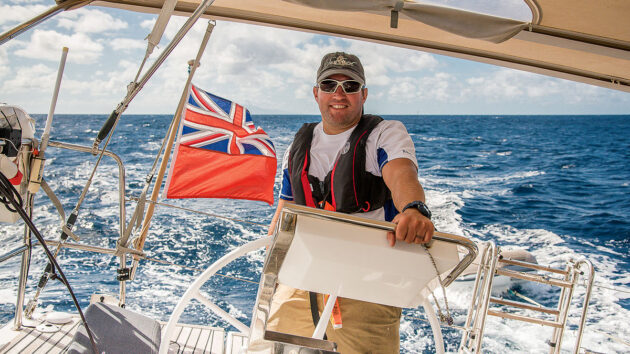
Nathan always checks the steering turns smoothly
Once underway, there is an entirely separate checklist to continually ensure safety, the most important being to walk around the deck at least once a day; you’ll spot things such as chafed lines or damaged hardware you’d never see from the cockpit.
Noticing these things early can allow for preventative maintenance rather than mandatory repairs.
When motoring, it’s good practice to check the engine every hour to ensure there are no fuel, coolant, or oil leaks. It’s also wise to keep an eye on the engine oil pressure and temperature gauges.
10 checks before setting sail offshore
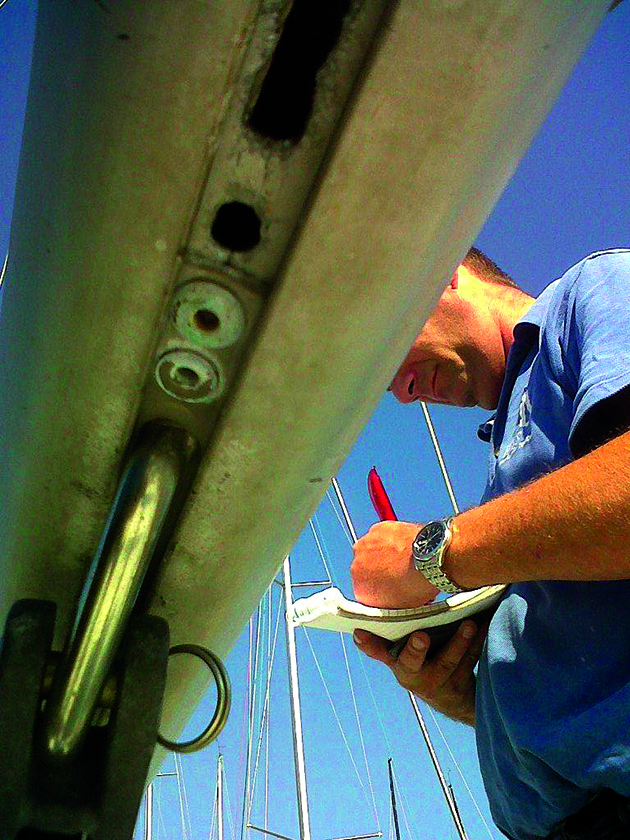
Check fittings on the boom for any movement
- Water tank condition and capacity: ensure they’re full.
- Batteries: are they topped up? Are the terminals free of corrosion? Are they charged and secured correctly?
- Engine: Check fuel hose condition and that hose clips are tight. Make sure fuel in tanks is clean. Take a fuel sample. Ensure fuel filters and water separators are free from debris, scum and water. Check throttle and gears for smooth operation and that locking devices are fitted, ie split pins and lock washers/wire. Ensure the throttle cable is in good condition. Remove cover plate and inspect impeller for broken vanes.
- Sails: are they in good condition?
- Through-hull fittings and bilge pumps: check condition and tie a bung to each through-hull.
- Heads and holding tanks: do they function properly?
- Steering cables: do they have broken strands? Is there smooth function when turning the wheel full port and starboard? Are cables excessively slack? Do cable pulleys rotate?
- Running rigging: is there any chafing? Check knots are adequate. Is there extensive UV damage, cuts or abrasions? Are they routed correctly?
- Standing rigging: look for cracks, corrosion, broken strands in the wire rope.
- Ground tackle: check anchor and chain condition. Does the windlass work, and do you know how to operate it? Where is the circuit breaker?
Deliveries and adventures
Nathan Zhart has a US Coast Guard 50 Ton Masters license and RYA Yachtmaster qualification.
He works delivering other people’s boats all over the world and taking on freelance marine work in foreign ports and harbours.
He has 20,000 sea miles under his belt and has crossed the Atlantic four times. In addition, he spent six months managing a fleet of charter boats in the Caribbean, where he had the opportunity to single-handedly sail monohulls and catamarans up and down the Windward islands.
“We had tight deadlines and limited resources,” he recalls. “Each day, my colleagues and I worked from morning to night fixing, diagnosing, and upgrading a fleet of 12 heavily used charter boats.”
When he set up Ocean Passages, Nathan partnered with his wife Vivian Vuong – a qualified chef, photographer and first mate, who accompanies him on all his offshore passages – and sailing author John Kretschmer.
Together, they run sailing adventures on their 47ft Compass, Ultima.
Sailing solo: how to go from crewed to single-handed
Round the world sailor Ian Herbert-Jones shares valuable advice on how to transition from crewed to single-handed sailing
Heavy weather sailing techniques: how to protect your boat in storm conditions
Øyvind Bordal and Magne Klann explain the steps you need to take to protect your rig and sails when the…
How to prepare a small boat for a big offshore sailing adventure: Top tips from Jester Challenge sailors
The art of sailing a small boat single-handed for long periods has been perfected by Jester Challenge sailors. Jake Kavanagh…
Offshore sailing gear: How to prepare a boat for extended cruising
Sea Bear is a Vancouver 28 built in 1987. She was generally in very good condition when I bought her,…
Want to read more seamanship articles?
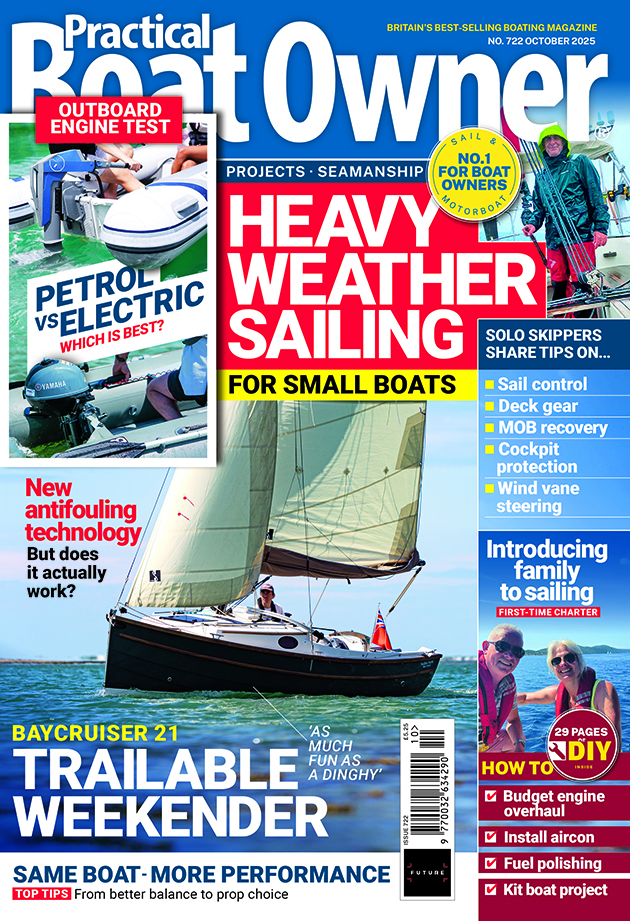
A subscription to Practical Boat Owner magazine costs around 40% less than the cover price.
Print and digital editions are available through Magazines Direct – where you can also find the latest deals.
PBO is packed with information to help you get the most from boat ownership – whether sail or power.
-
-
-
- Take your DIY skills to the next level with trusted advice on boat maintenance and repairs
- Impartial, in-depth gear reviews
- Practical cruising tips for making the most of your time afloat
-
-
Follow us on Facebook, Instagram, TikTok and Twitter

